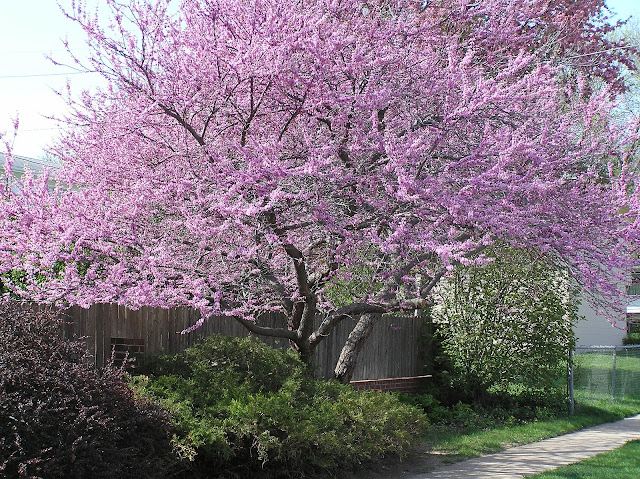This week, I continued reading more Jatakas tales. Three stories that stood out were The Woodpecker, Turtle, and Deer; The Woodpecker and the Lion, and The Red-Bud Tree. These stories can be found at More Jatakas Tales by Ellen C. Babbitt.
The Woodpecker, Turtle, and Deer really stood out because it showed the selflessness of the deer. I feel like I have read many stories where once the deer was free, the turtle would be left to perish in the sack in the tree. But through teamwork, they are all able to survive. I think it's a nice tale about making sure that you always thank those that help you.
In contrast, we see the lion disregard the woodpecker in The Woodpecker and the Lion. It is weird that we are suddenly getting so many stories with woodpeckers, but regardless, the lion decides that even though the woodpecker had hedged his bets well with the lion, since the lion did not eat the woodpecker, he has paid his due. This seems somewhat unfair as the lion is telling the woodpecker "because I did not wrong you, I have done right by you" but whatever.
The final story is the Red-Bud Tree. This might be the first story where I have really felt that there was a strong symbolic message that transcends the story. They see the tree at different times, and even though they have all heard one thing about it, they come back with four different views of it. The king notes that they met the tree at four different times, and I think this somewhat relates to people. We often see different sides of people throughout life. Sometimes we say "well my friend is in a bad mood today" if we know them, but if we do not we say "they are such a jerk." The tree is very predictable, and based on a season, we always get the same thing, but if we only get small visits, we do not have enough data to make a judgement.
Overall, these stories were really interesting, and I'm thoroughly enjoying reading the Jatakas Tales.
The Woodpecker, Turtle, and Deer really stood out because it showed the selflessness of the deer. I feel like I have read many stories where once the deer was free, the turtle would be left to perish in the sack in the tree. But through teamwork, they are all able to survive. I think it's a nice tale about making sure that you always thank those that help you.
In contrast, we see the lion disregard the woodpecker in The Woodpecker and the Lion. It is weird that we are suddenly getting so many stories with woodpeckers, but regardless, the lion decides that even though the woodpecker had hedged his bets well with the lion, since the lion did not eat the woodpecker, he has paid his due. This seems somewhat unfair as the lion is telling the woodpecker "because I did not wrong you, I have done right by you" but whatever.
The final story is the Red-Bud Tree. This might be the first story where I have really felt that there was a strong symbolic message that transcends the story. They see the tree at different times, and even though they have all heard one thing about it, they come back with four different views of it. The king notes that they met the tree at four different times, and I think this somewhat relates to people. We often see different sides of people throughout life. Sometimes we say "well my friend is in a bad mood today" if we know them, but if we do not we say "they are such a jerk." The tree is very predictable, and based on a season, we always get the same thing, but if we only get small visits, we do not have enough data to make a judgement.
Overall, these stories were really interesting, and I'm thoroughly enjoying reading the Jatakas Tales.
The focus of a story within the Jatakas Tales, a Redbud tree. Source: Wikimedia Commons
Bibliography
More Jatakas Tales by Ellen C. Babbitt

Comments
Post a Comment